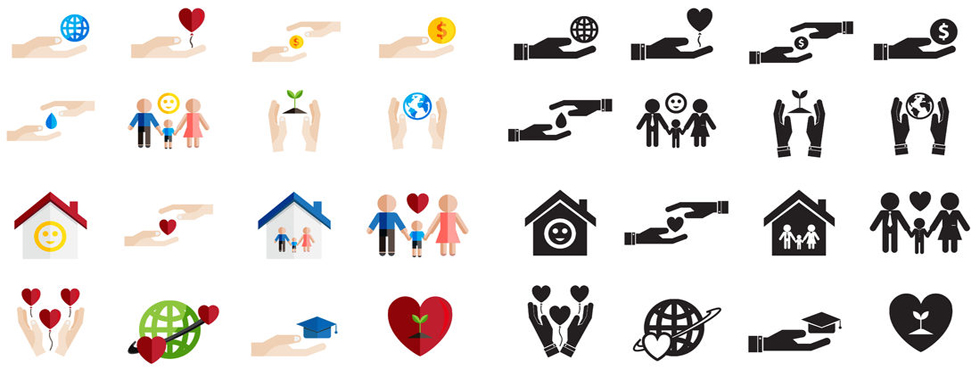
Providing Humanitarian (Family / Special etc.) Assistance to:
Air Accident Victims + their associated Family, Relatives & Friends
Background
A strong degree of compulsion exists 'today' – requiring all those involved 'at the sharp end' of certain aviation related operations, to make adequate provision (plans, resources [including people and money], training, exercising etc.) for providing humanitarian (family / special etc.) assistance to aircraft accident victims (latter having been on-board a particular accident flight) – together with associated family, relatives & friends (latter NOT having been on-board that [same] particular flight) of all such victims
What is the 'Compulsion'?
ICAO
The 'compulsion' relates to the need for most airlines, airports, ground handlers (and several other [generic] aviation related organisations e.g. flight training organisations; aircraft maintenance and repair organisations etc.) to comply with something known as the 'ICAO Safety Management System (SMS)'. The latter has been established in accordance with the associated requirements of the appropriate United Nations body – i.e. the 'International Civil Aviation Organisation' (ICAO). A component of ICAO's SMS relates to aviation related 'emergency response planning' – a sub-component of which relates to the provision of 'humanitarian (family) assistance' – as already referred to further above
Can we be of Assistance?
Referring to an appropriate extract from ICAO Doc 9973:
'…………………… 6.48 – There are several ways to tackle the drafting of an (humanitarian) assistance plan, including by: a) engaging consultants to prepare a plan after all interested parties have decided on etc ……………………'
Humanitarian (Family) Assistance Plan – FREE Preparation Guideline
We have produced a very comprehensive guideline document re the pre-planning for and subsequent provision of humanitarian (family) assistance services during an 'aviation disaster' type response. The guideline is airline oriented but will also be found useful for fairly simple adaptation by GHAs, aviation 'authorities' etc. You can access this FREE document by clicking HERE
A similar guideline for airports is also available. This FREE document can be found by clicking HERE. When the latter opens, refer to Appendix Y
Please do make contact if you feel that you can make use of our services in any of the areas shown above
Requests for WORD versions of PDF Documents
Please contact us if WORD versions (of PDF format documents found on this website) are required. You are reminded of the terms and conditions regarding your use of same
